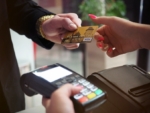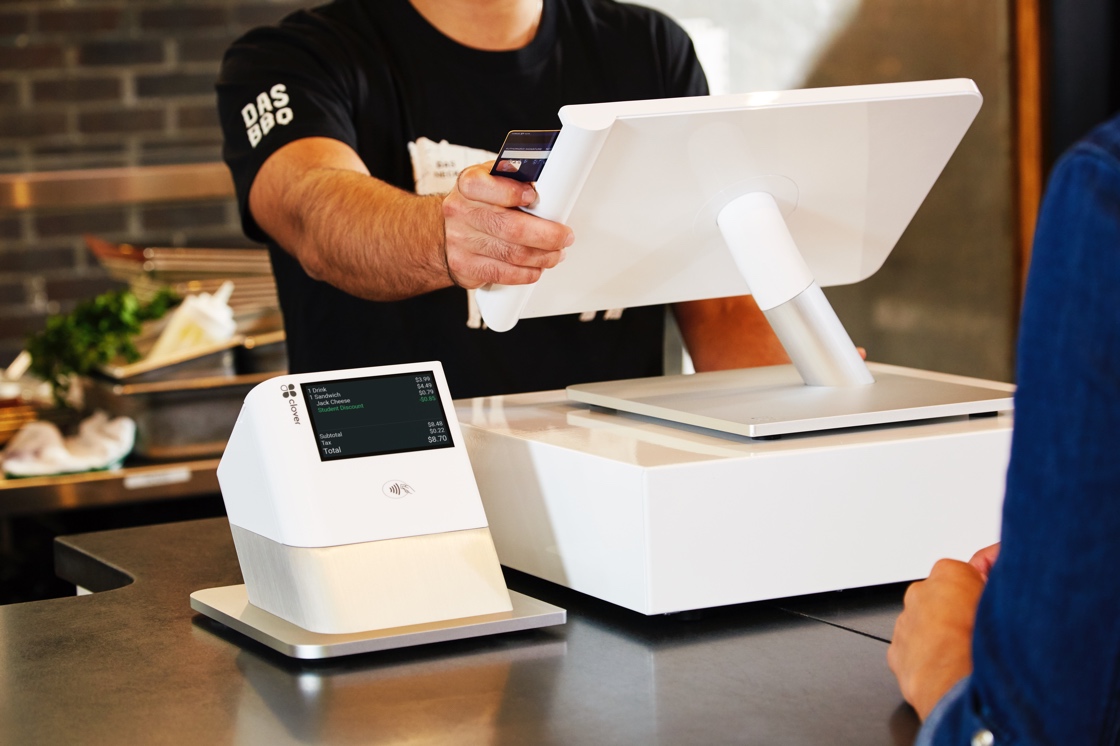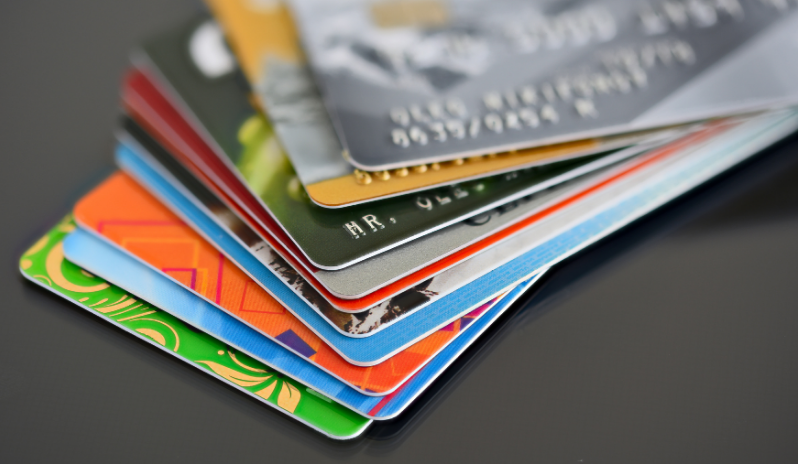
Understanding the Players in Payment Processing
November 07, 2020
The Piece of Plastic
It is astonishing how capable and powerful a thin piece of plastic can be. Credit cards, in conjunction with modern technology, make purchases simple for the consumer and are a common facet of everyday life. It is safe to say that we take for granted the ease and convenience of that little piece of plastic. We simply tap and go. Or easier still, our devices auto-fill our payment information when we shop online.
But there is a lot more to the process than just tapping your card, and you may be surprised to learn some of the complexities of the payment processing industry. It is important for merchants to be aware of some key aspects of the payment process and how it can impact their business. This blog will introduce the important players involved in the payment process. For more industry tips and updates you can check out more articles from Payment Experts.
The Key Payment Players
Merchants
That’s you! Merchants are the business / business owners that offer a product or service for sale. In our case, merchants will accept credit card payments.
The Cardholder
The cardholder is the customer! They want to purchase products or services from the merchant and will do so using a credit card in our case.
The Card Networks (Brands)
Although we often call them card brands, it is more accurate to refer to these brands as card networks. The world’s largest card networks are Visa and Mastercard, followed by American Express and Discover. If you have a Visa credit card you probably assume that Visa is controlling the payment process. In fact, Visa is just the network that allows all the other payment players to work together. Likewise, if you use Mastercard then your payment process would exist on their network.
Examples: Visa, Mastercard, American Express, Discover, China Union Pay, Diners Club
Issuing Bank
Nobody gets a credit card directly from a card brand like Visa or Mastercard. The issuing bank supplies the cardholder with their credit card. In doing so, the bank assumes the risk associated with issuing credit.
Examples: TD, RBC, CIBC
Note: American Express is both a card network and issuing bank; so, cardholders can sign up with American Express directly. This is unusual and means that they operate with higher financial risk.
Merchant Bank Account
This is where the merchant has a registered bank account where funds from their card sales are deposited.
Examples: TD, RBC, CIBC
Processor / Merchant Service Provider
This is us! The credit card processor is the link between the merchant and the acquiring bank.
Payment Experts provide dedicated support and low rates to merchants. We also offer top of the line payment terminals and processing technology. Being a small and independent company, we have the ability to deliver truly personalized
Acquirer / Acquiring Bank
These are licensed members of credit card networks (i.e. Visa) and are responsible for settling transactions. They maintain a merchant’s account, which enables them to accept card payments.
Examples: First Data, Moneris, Global Payments
Cons: Usually very large companies that serve thousands and thousands of merchants. This usually means that they are unable to provide any dedicated support.
Bank Processor / Acquirer
A bank can act as a payment processor and as the acquiring bank. They are often where merchants look first when they decide to accept credit cards.
Examples: TD, RBC, CIBC
Cons: The major downside of bank processors is their unwillingness to keep up with new technology or customers’ needs.
Payment Facilitators
Payment facilitators have become big players in payments over the last 5 years. They take on the full risk of underwriting and basically aggregate all their clients as sub-merchants.
Examples: Stripe, Square, PayPal
Cons: It easier for merchants to be approved for payment processing through a payment facilitator but this comes with higher costs in order to cover the payment facilitator’s risk.

The Payment Cycle
1. The Sale
A cardholder makes a purchase from a merchant. They pay using their credit card by tapping or inserting their card into a payment terminal.
Note: Read more about ecommerce transactions and the added payment players involved.
2. The Encryption
The payment terminal sends the card and transaction information to the payment processor. The payment processor encrypts the information and then directs it to the corresponding card network.
3. The Question
The card and transaction information are sent to the issuing bank over the card network. The issuing bank is asked to either approve or deny the transaction and then send its answer back over the card network.
4. The Answer
The payment processor receives the response (approved or denied) and relays the answer to the payment terminal.
5. The Funds
At the end of each business day, funds are transferred from the issuing bank to the acquirer. The acquirer/payment processor will transfer these funds the next business day directly into the merchant’s bank account.
Way Too Complicated
This high-level overview of the payment process is full of many moving parts. It is definitely hard to wrap your head around! That is why it is invaluable to work with Payment Experts. We remove the payment headache and eliminate the need for you to deal with all these players.
Our merchants are paired with a dedicated Payment Expert representative that is your reliable single point of contact. It may be important for you to understand what is going on behind the scenes but don’t worry we will juggle it all for you!




